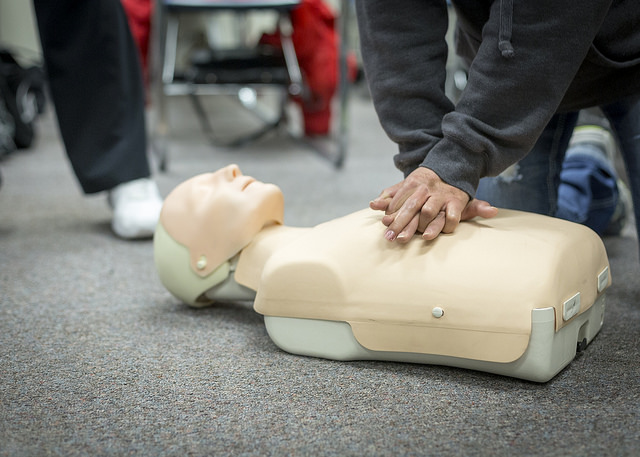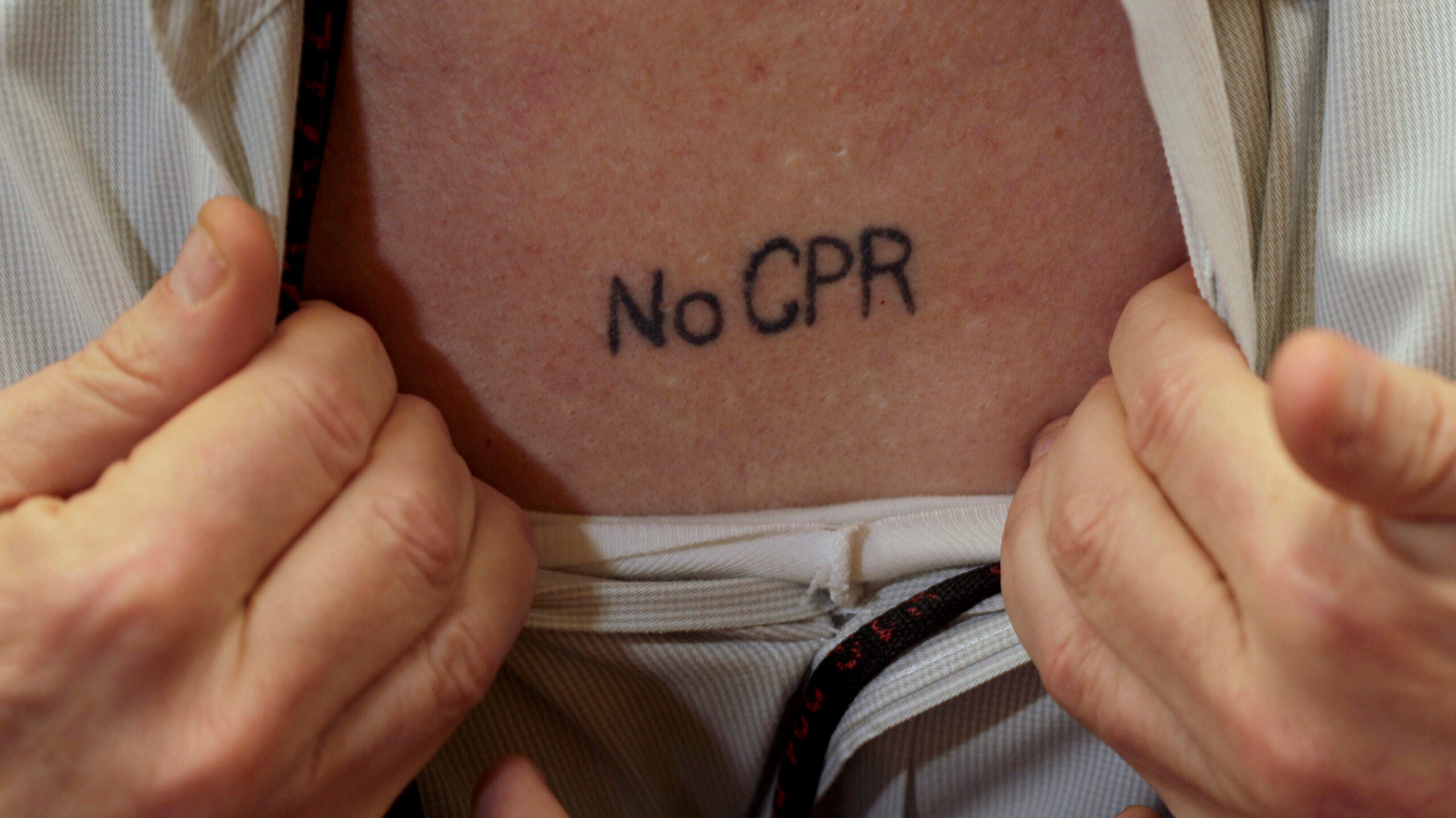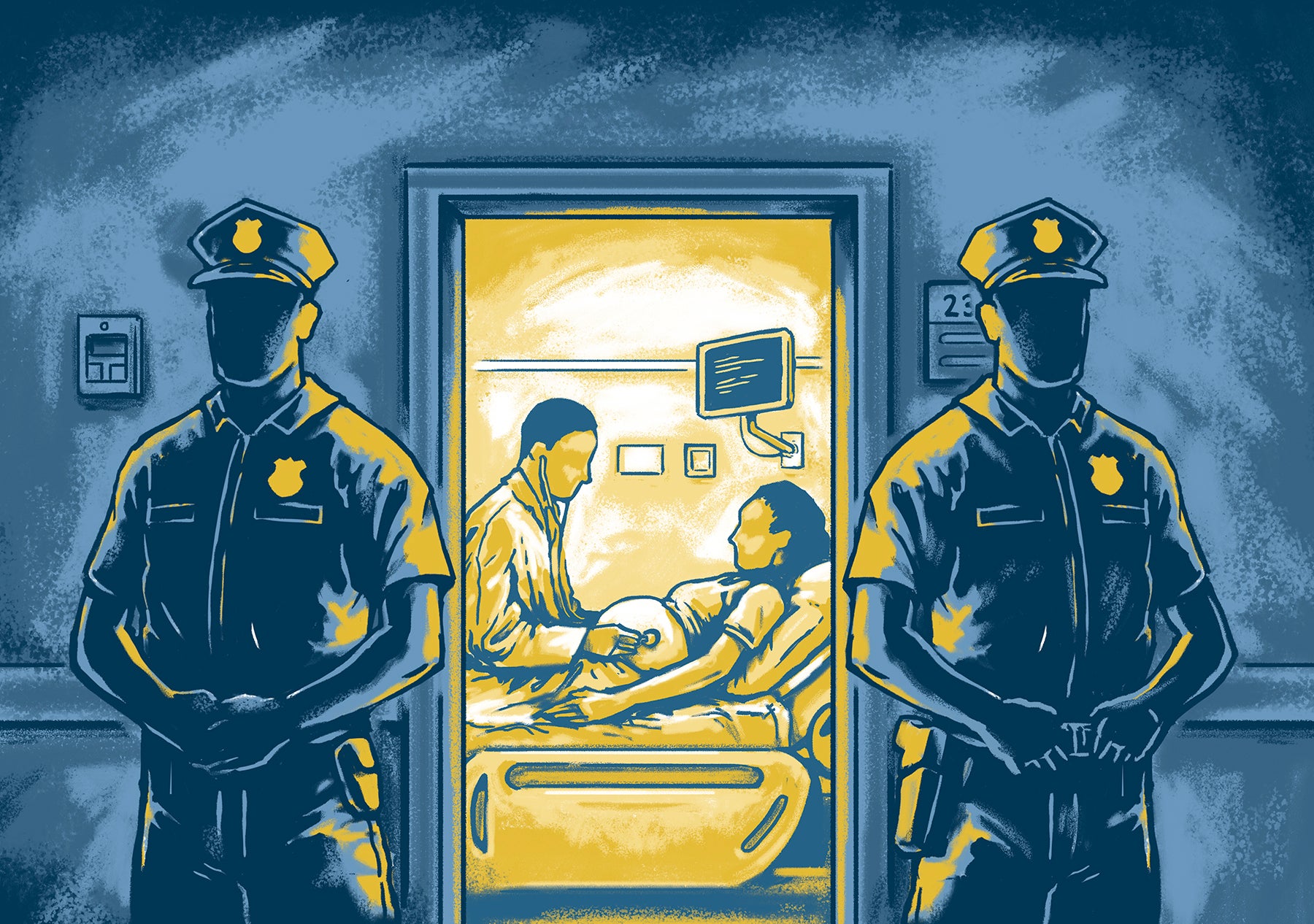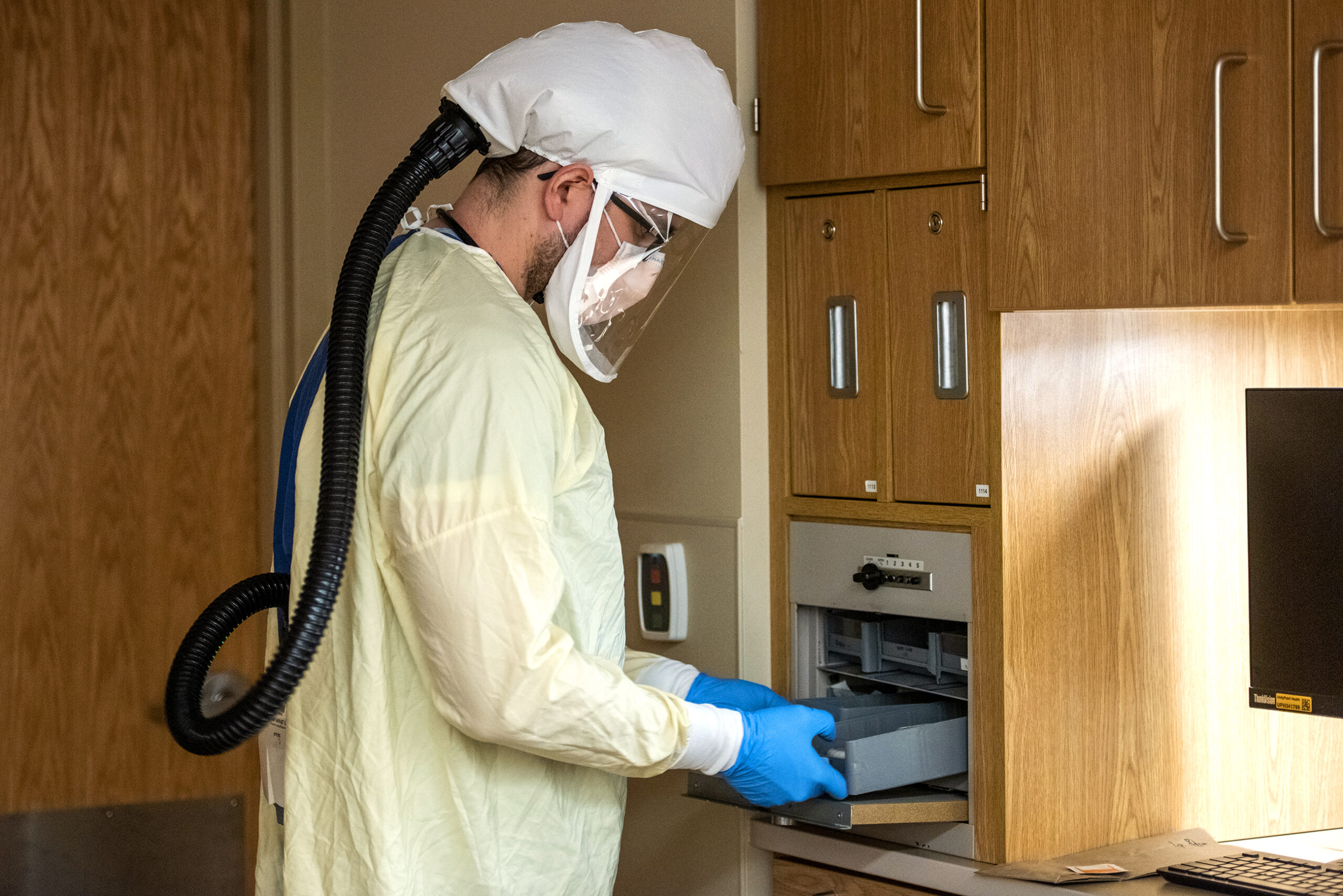Emergency responders in Milwaukee County are helping to determine what works best for patients with cardiac arrest: traditional CPR, which involves both chest compressions and rescue breathing, or continuous, or hands-only chest compressions
Unlike with heart attacks — in which blood flow to the heart is blocked — the survival rates for cardiac arrest — in which a heart stops beating — are dismal, at least outside of a hospital environment. Nationally, about 92 percent of people who enter cardiac arrest die.
Dr. Tom Aufderheide, a professor of emergency medicine at the Medical College of Wisconsin, is leading the National Institutes of Health study comparing CPR with continuous compressions, along with another study involving drugs used during ventricular fibrillation.
Stay informed on the latest news
Sign up for WPR’s email newsletter.
“We need new treatments,” said Aufderheide. “We need more effective treatments. That’s why we’re currently doing the studies we are doing”
Milwaukee County is one of 11 locations in North America taking part in the NIH study. The NIH says the county is among 125 EMS organizations in the U.S. and Canada that will be experimenting with the continuous chest compressions.
Results should be available this summer.
Wisconsin Public Radio, © Copyright 2024, Board of Regents of the University of Wisconsin System and Wisconsin Educational Communications Board.





